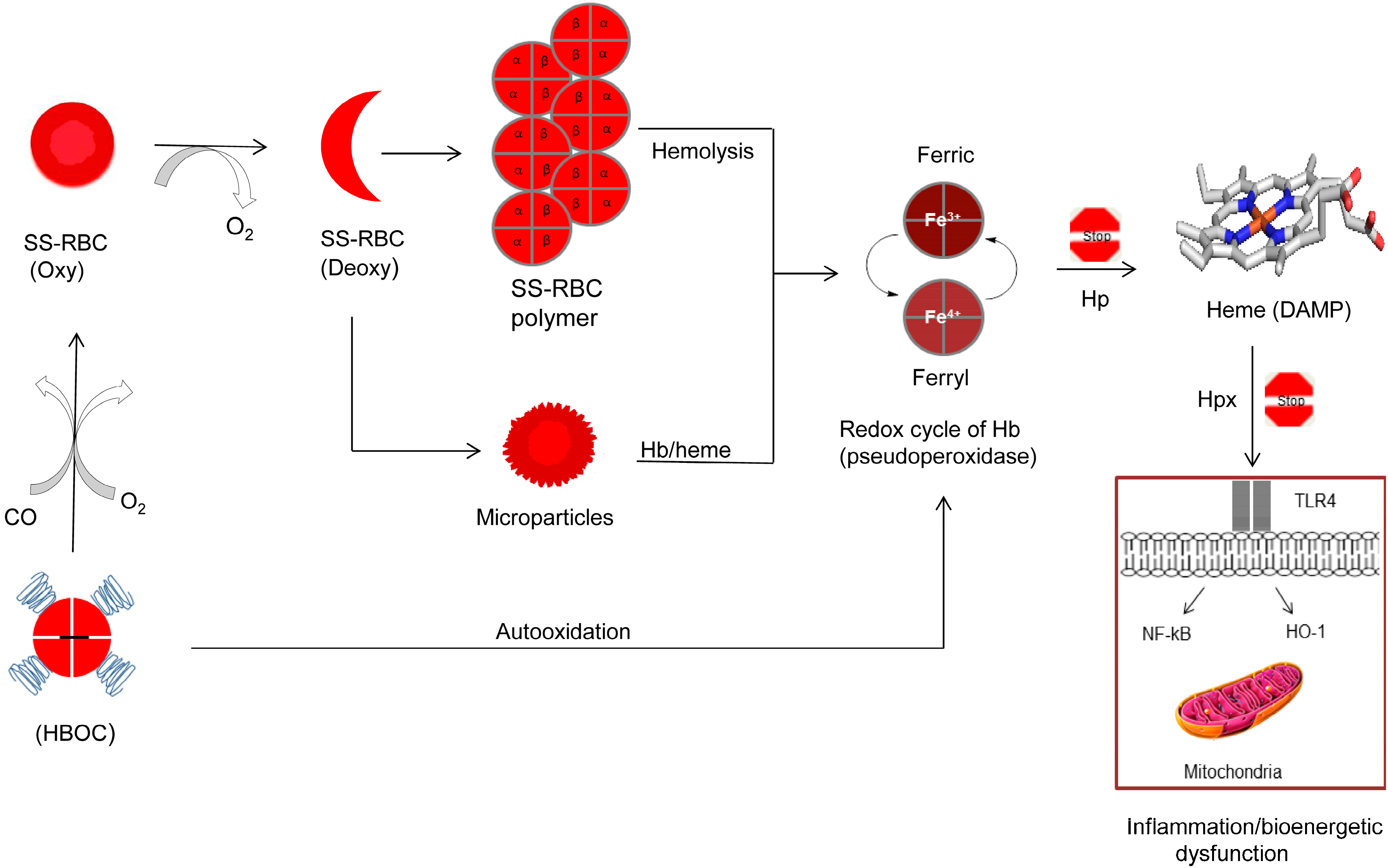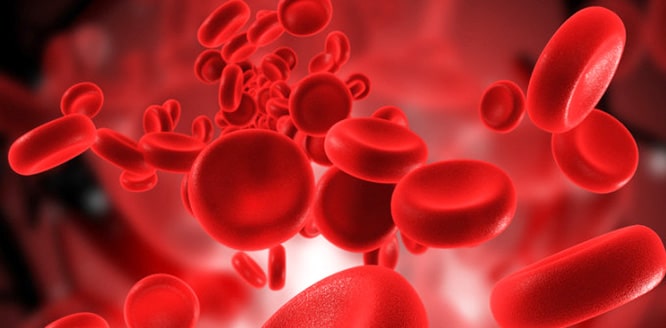How much hemoglobin is reduced after donating blood?
Sometimes, donors may not meet the requirement for donating even though their hemoglobin level falls within normal ranges (see chart). The normal ranges for African American men and women have a low normal range that is 0.7g/dL below the stated ranges.
What are the dangers of high hemoglobin?
Hemoglobin is checked before each blood donation. This is to ensure that the donor has adequate red blood cell levels to donate blood. Blood donors must have a minimum of 12.5 g/dL hemoglobin but no greater than 20 g/dL. (There are separate requirements for the red cell-only donation known as Power Red.)
What causes low hemoglobin count even after blood transfusion?
For the safety of both donor and patient, your hemoglobin level must be at least 12.5 g/dL for women and 13.0 g/dL for men and nonbinary donors to give blood. The most common causes of a low hemoglobin count are a low-iron diet, frequent blood donation, and menstrual blood loss.
What is a dangerously low hemoglobin level?
May 25, 2016 · Most of the iron in your body is found in the hemoglobin molecules of your red blood cells. For the safety of both donor and patient, you must meet certain criteria, including a minimum hemoglobin level, to donate blood. We recently implemented a new, higher minimum hemoglobin level for men. Instead of 12.5 g/dL, they must now have a hemoglobin level of 13.0 …

How can I increase my hemoglobin before donating blood?
Before you donate blood, consider increasing your intake of iron-rich foods....Foods rich in heme iron include:Meats,likebeef, lamb, ham, pork, veal, and dried beef.Poultry, such as chicken and turkey.Fish and shellfish, like tuna, shrimp, clams, haddock, and mackerel.Organs, such as liver.Eggs.
What is the minimum hemoglobin level needed for donating?
What is the minimum hemoglobin level needed for donating? To help ensure that it is safe for you to donate, females must have a minimum hemoglobin level of 12.5g/dL and males must have a minimum level of 13.0g/dL. A donor's hemoglobin level cannot be higher than 20.0g/dL to donate.
What is a critically low hemoglobin level?
An Hb value less than 5.0 g/dL (50 g/L) can lead to heart failure and death. A value greater than 20 g/dL (200 g/L) can lead to obstruction of the capillaries as a result of hemoconcentration.
Is 14.8 hemoglobin good?
When the hemoglobin count is higher than normal, it may be a sign of a health problem. Normal hemoglobin counts are 14 to 17 gm/dL (grams per deciliter) for men and 12 to 15 gm/dL for women.May 2, 2018
What medications disqualify you from giving blood?
The following medications will prevent you from donating blood:Accutane.Antibiotics *Donors who are taking antibiotics are eligible to donate 24 hours after their last dose.Anti-Platelet Medications.Avodart.Blood thinners (such as Coumadin, Heparin, Lovenox, Warfarin)Bovine insulin.Hepatitis B Immune Globulin.More items...
What level of anemia is severe?
Mild anemia corresponds to a level of hemoglobin concentration of 10.0-10.9 g/dl for pregnant women and children under age 5 and 10.0-11.9 g/dl for nonpregnant women. For all of the tested groups, moderate anemia corresponds to a level of 7.0-9.9 g/dl, while severe anemia corresponds to a level less than 7.0 g/dl.
What does a 6.6 hemoglobin mean?
Normal hemoglobin A1c levels range between 4% to 5.9%. As this number reaches 6% or greater, it signifies poorer diabetes control. A hemoglobin A1c of 6% roughly correlates with an average blood sugar level of 135 mg/dL (milligrams per deciliters) over the previous 3 months.
What happens if your hemoglobin is 5?
Electrocardiographic changes associated with tissue hypoxia can occur at a hemoglobin level <5 g/dL in healthy adults. Studies show mortality and morbidity increase rapidly at levels <5.0 to 6.0 g/dL.Jan 1, 2009
How can I increase my hemoglobin in a week?
How to increase hemoglobinmeat and fish.soy products, including tofu and edamame.eggs.dried fruits, such as dates and figs.broccoli.green leafy vegetables, such as kale and spinach.green beans.nuts and seeds.More items...
How much does HB drop after blood donation?
The maximal decrease after a blood donation was 11% for hematocrit, 10% for hemoglobin concentration, 50% for ferritin, and 12% for RBC (p < 0.001).Nov 22, 2016
Is 115 a low iron level?
The normal haemoglobin for a woman ranges from 115 to 160 g/l and for a man, 135 to 180 g/l. There are many causes and several types of anaemia - it can indicate an underlying illness or may mean the person's diet is deficient in iron (found in red meat).
What percentage of blood is hematocrit?
Blood is made up of red blood cells, white blood cells and platelets, suspended in plasma. Together, those comprise about 45% of the volume of our blood, but the specific percentages of each can vary.
What is the normal hemoglobin level for men?
Normal hemoglobin for men ranges from 13.5 to 17.5 g/dL. Normal range for women is 12.0 to 15.5 g/dL. Hemoglobin is checked before each blood donation. This is to ensure that the donor has adequate red blood cell levels to donate blood.
What is the normal hematocrit level?
Hematocrit is the percentage of red cells in your blood. Normal levels of hematocrit for men range from 41% to 50%. Normal level for women is 36% to 48%.
What are the symptoms of anemia?
Symptoms of anemia include fatigue, shortness of breath and dizziness. Symptoms of polycythemia include fatigue, itching, headaches, and sweating. Symptoms of erythrocytosis includes headaches, dizziness, shortness of breath, and nosebleeds.
What causes low hemoglobin levels?
Other less likely but more serious causes of low hemoglobin include arthritis, diabetes, kidney disease, stomach ulcers, colon cancer, medications, and other diseases of the digestive tract . Consult your doctor if you want to rule out these possibilities.
Where is iron found in the body?
Most of the iron in your body is found in the hemoglobin molecule of your red blood cells. For the safety of both donor and patient, your hemoglobin level must be at least 12.5 g/dL for women and 13.0 g/dL for men and nonbinary donors to give blood.
Does vitamin C help with iron absorption?
The absorption of iron from non-heme sources is enhanced when vitamin C is eaten at the same meal or snack. Conversely, some foods hinder the absorption of iron. Additionally, taking a daily supplement or multivitamin containing 18 mg of iron can help ensure you are getting enough iron.
Why is my hemoglobin low?
The most common causes of a low hemoglobin count are a low-iron diet, frequent blood donation, and menstrual blood loss. There are other rare but more serious causes of low hemoglobin and a consultation with your doctor is necessary to address them.
How to get enough iron?
The best way to get enough iron is to have a healthy, well-balanced diet. Heme iron, found in meat, fish, and poultry is more easily absorbed by the body than non-heme iron, which is found in plant sources. The absorption of iron from non-heme sources is enhanced when vitamin C is eaten at the same meal or snack.
Where is iron found in the body?
Most of the iron in your body is found in the hemoglobin molecules of your red blood cells . For the safety of both donor and patient, you must meet certain criteria, including a minimum hemoglobin level, to donate blood. We recently implemented a new, higher minimum hemoglobin level for men.
How to know if you have low hemoglobin?
Signs and symptoms can include: Fatigue. Weakness. Pale skin and gums. Shortness of breath. A fast or irregular heartbeat.
Can you donate blood if your hemoglobin is low?
Some people learn that their hemoglobin is low when they try to donate blood. Being turned down for blood donation isn't necessarily a cause for concern. You can have a hemoglobin count that's fine for you but doesn't meet the standards blood donation centers set.
How much hemoglobin is normal?
A normal hemoglobin level is 11 to 18 grams per deciliter (g/dL), depending on your age and gender. But 7 to 8 g/dL is a safe level. Your doctor should use just enough blood to get to this level. Often, one unit of blood is enough.
What are the risks of blood?
In the U.S., the blood is generally very safe (see Advice column). The risks when you get blood are very small. They include: 1 Cardiac overload—severe shortness of breath from overloading the heart with fluid 2 Lung injury 3 Infections
How much does a blood transfusion cost?
Blood transfusions can cost a lot. A unit of blood usually costs about $200 to $300. There are added costs for storage and processing, as well as hospital and equipment fees. Costs can be much higher if the transfusion causes an infection or serious problem.
What happens if you have anemia?
If you have anemia, your blood doesn’t have enough red blood cells, or they don’t work properly. Red blood cells carry hemoglobin. This is an iron-rich protein that helps bring oxygen to the body. Anemia is measured in hemoglobin levels.

Popular Posts:
- 1. cincinnati restaurants who donate
- 2. twitch john cena when donate
- 3. can you donate blood when you're sick?
- 4. how long does your hair need to be to donate it
- 5. where to donate pop can tabs
- 6. where in ky can you donate plasma
- 7. what do you need to donate plasma
- 8. things to donate when renovating
- 9. what color makes people want to donate
- 10. hurricane port neches where to donate clothes